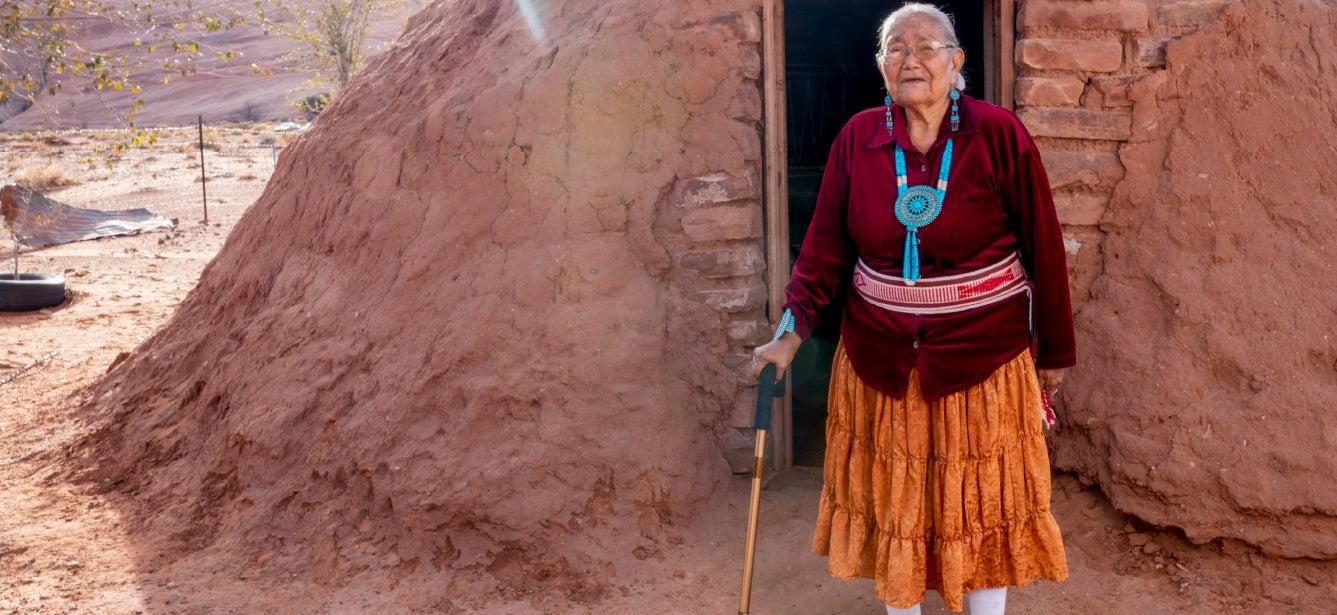Inequity on Display in New Life Expectancy Estimates
2 min read

The latest provisional life expectancy estimates from the National Center for Health Statistics are staggering. And they spotlight, once again, the ongoing inequities that make it impossible for all to age well in America.
In 2021, overall U.S. life expectancy at birth was 76.1 years—the lowest it has been since 1996. When you break down the data by demographics, the numbers are even more startling.
American Indian and Alaska Native life expectancy dropped to a shocking 65.2 years—the same life expectancy for the total U.S. population in 1944. Whites dropped one year to 76.4, and Blacks dropped 0.7 year to 70.8—still far behind white Americans.1 This is on top of the three years Blacks lost in 2020 because many held essential jobs and could not protect themselves against COVID-19.
Poverty, food insecurity, lack of health care access, and discrimination continue to widen the gap
While COVID-19 was the driver in 2020, the causes of these disparities can’t be ignored and were there long before COVID: poverty, food insecurity, lack of access to affordable health care, and discrimination account for higher rates of chronic disease and mortality among people of color and those with lower incomes.
Women and people of color also experience higher treatment costs and greater lost wages due to chronic disease. Meanwhile, these individuals have the fewest financial resources to draw upon, according to a recent analysis by NCOA and the LeadingAge LTSS Center @UMass Boston.2
Certain communities of color have long been the canary in the coal mine with life expectancy rates that reflect the lethal consequences of racism and the compounding effect of policies that do not address and invest in social determinants of health.
In June, the National Institutes of Health released an eye-opening study showing that, while life expectancy increased in the two decades before the pandemic, there were still significant gaps between racial and ethnic groups.3
In a country as rich with resources and possibilities as America, all should have the right to age well. Yet, our life expectancy trends are an indicator of our willingness (or lack thereof) to address drivers of disparities. It’s clear that current public policies and private sector practices do not ensure that all Americans can be equally resilient in times of crisis. The need for long-term systemic change and target investments in addressing longstanding disparities couldn’t be more urgent. At NCOA, our Equity Promise guides us in focusing on the populations who need us most. We urge others to do the same.
Sources
1. National Center for Health Statistics. Provisional Life Expectancy Estimates for 2021. Vital Statistics Rapid Release. August 2022. Found on the internet at https://www.cdc.gov/nchs/data/vsrr/vsrr023.pdf
2. NCOA and LeadingAge LTSS Center @UMass Boston. Chronic Inequities: Measuring Disease Cost Burden Among Older Adults in the US. A Health and Retirement Study Analysis. Found on the internet at https://www.ncoa.org/article/the-inequities-in-the-cost-of-chronic-disease-why-it-matters-for-older-adults
3. National Institutes of Health. Life expectancy in the U.S. increased between 2000-2019, but widespread gaps among racial and ethnic groups exist. June 16, 2022. Found on the internet at https://www.nih.gov/news-events/news-releases/life-expectancy-us-increased-between-2000-2019-widespread-gaps-among-racial-ethnic-groups-exist



